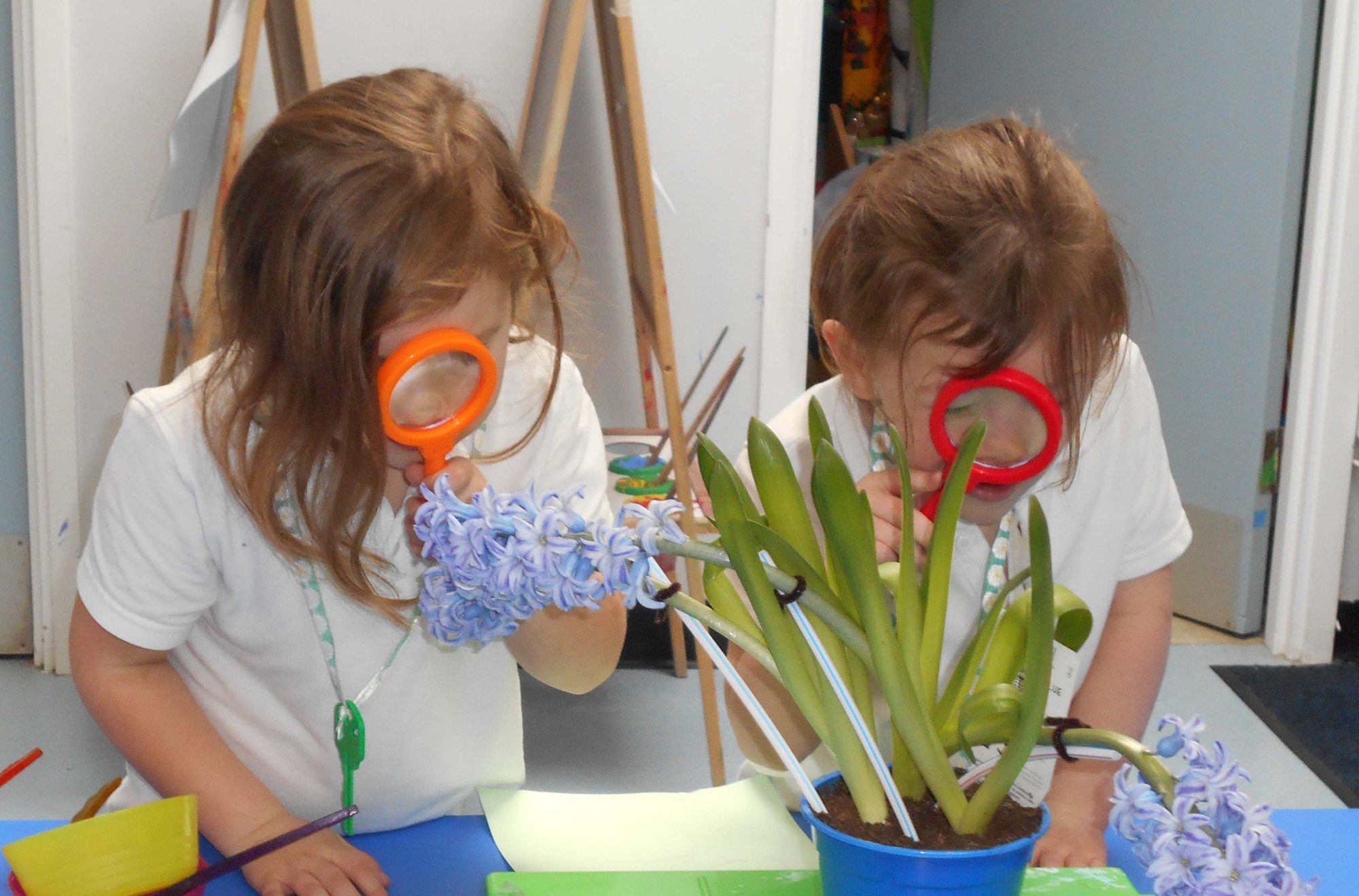Maths
National Curriculum purpose of study:
Mathematics is a creative and highly inter-connected discipline that has been developed over centuries, providing the solution to some of history’s most intriguing problems. It is essential to everyday life, critical to science, technology and engineering, and necessary for financial literacy and most forms of employment. A high-quality mathematics education therefore provides a foundation for understanding the world, the ability to reason mathematically, an appreciation of the beauty and power of mathematics, and a sense of enjoyment and curiosity about the subject.
National Curriculum aims:
To ensure that all pupils:
- become fluent in the fundamentals of mathematics, including through varied and frequent practice with increasingly complex problems over time, so that pupils develop conceptual understanding and the ability to recall and apply knowledge rapidly and accurately.
- reason mathematically by following a line of enquiry, conjecturing relationships and generalisations, and developing an argument, justification or proof using mathematical language
- can solve problems by applying their mathematics to a variety of routine and non-routine problems with increasing sophistication, including breaking down problems into a series of simpler steps and persevering in seeking solutions.
Mathematics is an interconnected subject in which pupils need to be able to move fluently between representations of mathematical ideas. The programmes of study are, by necessity, organised into apparently distinct domains, but pupils should make rich connections across mathematical ideas to develop fluency, mathematical reasoning and competence in solving increasingly sophisticated problems. They should also apply their mathematical knowledge to science and other subjects.
At Putteridge Primary School, we follow the White Rose Mathematics scheme of work, supplemented by Herts Essentials.
White Rose Maths is written to support the curriculum for primary teachers. The sequences are written as a spiral curriculum in which learning is built upon step by step, sequence by sequence and year-on-year. It is aspirational and ensures progression and coverage through the primary phase.
Sequences promote whole class teaching rather than streaming or ability groups – differentiation is implicit throughout. It includes access, modelled examples of resource and pictorial use, intelligent practice, scaffolded practice examples, small step progression and highlighted opportunities for pupils to explore concepts at greater depth.

